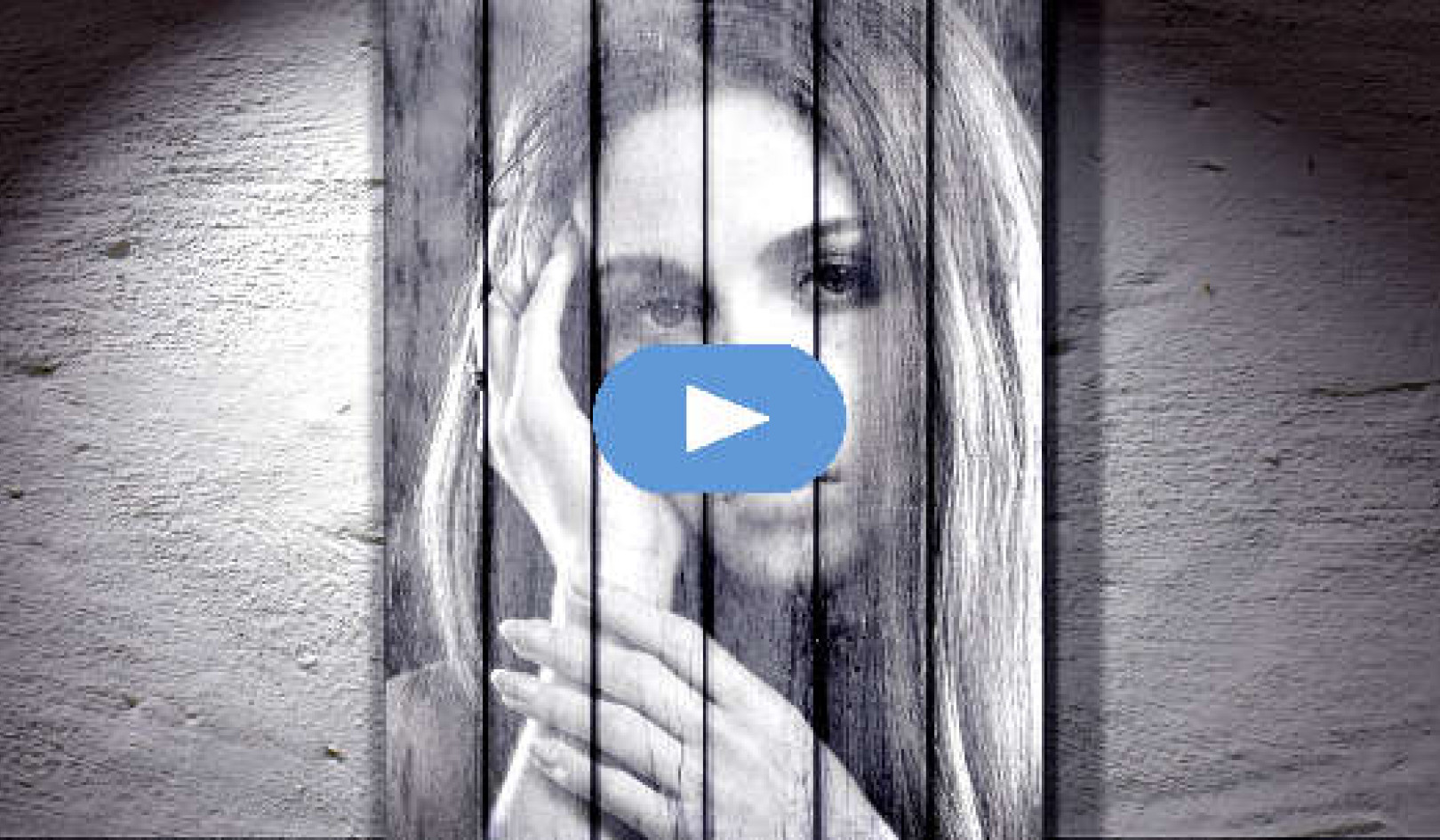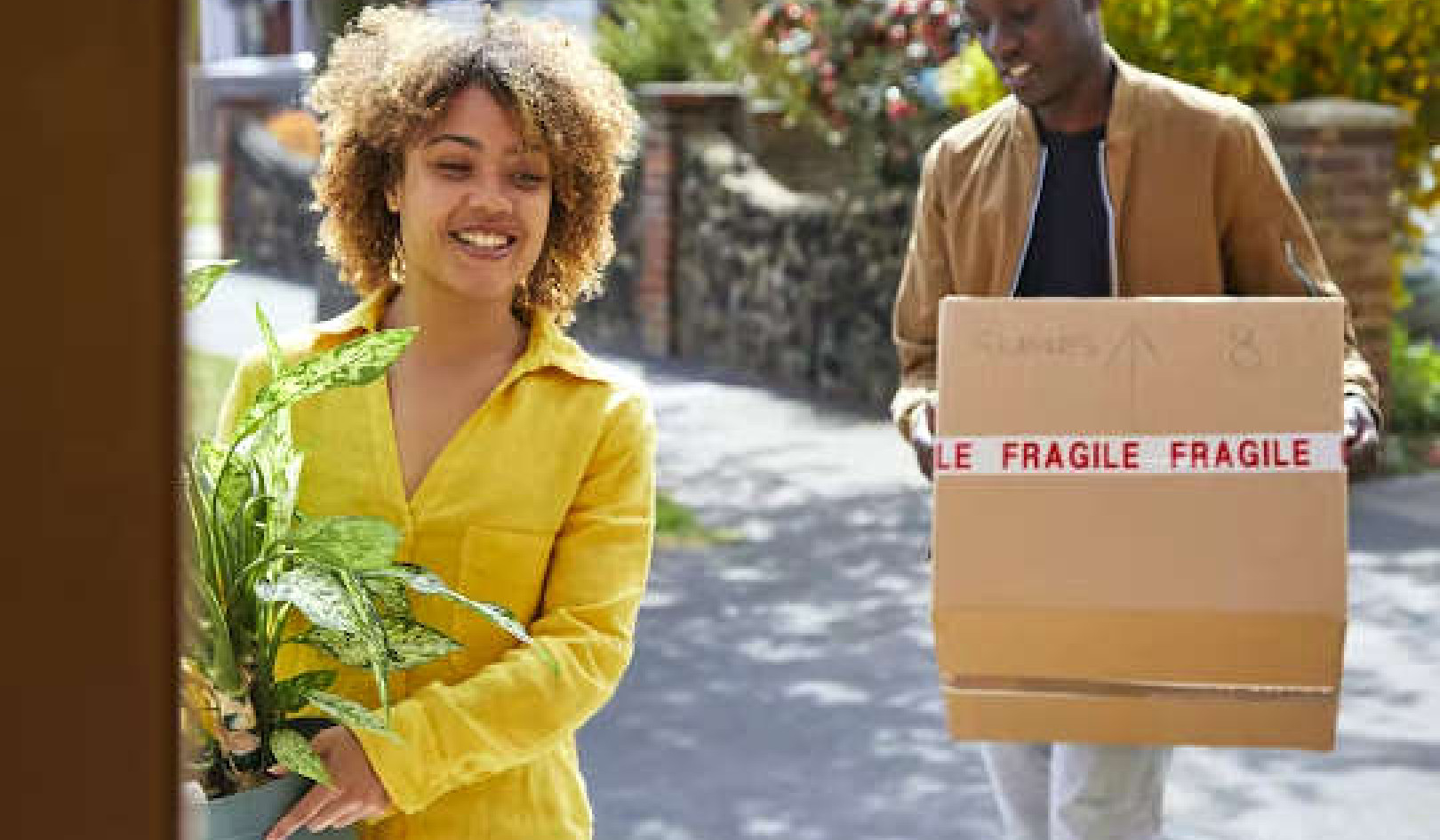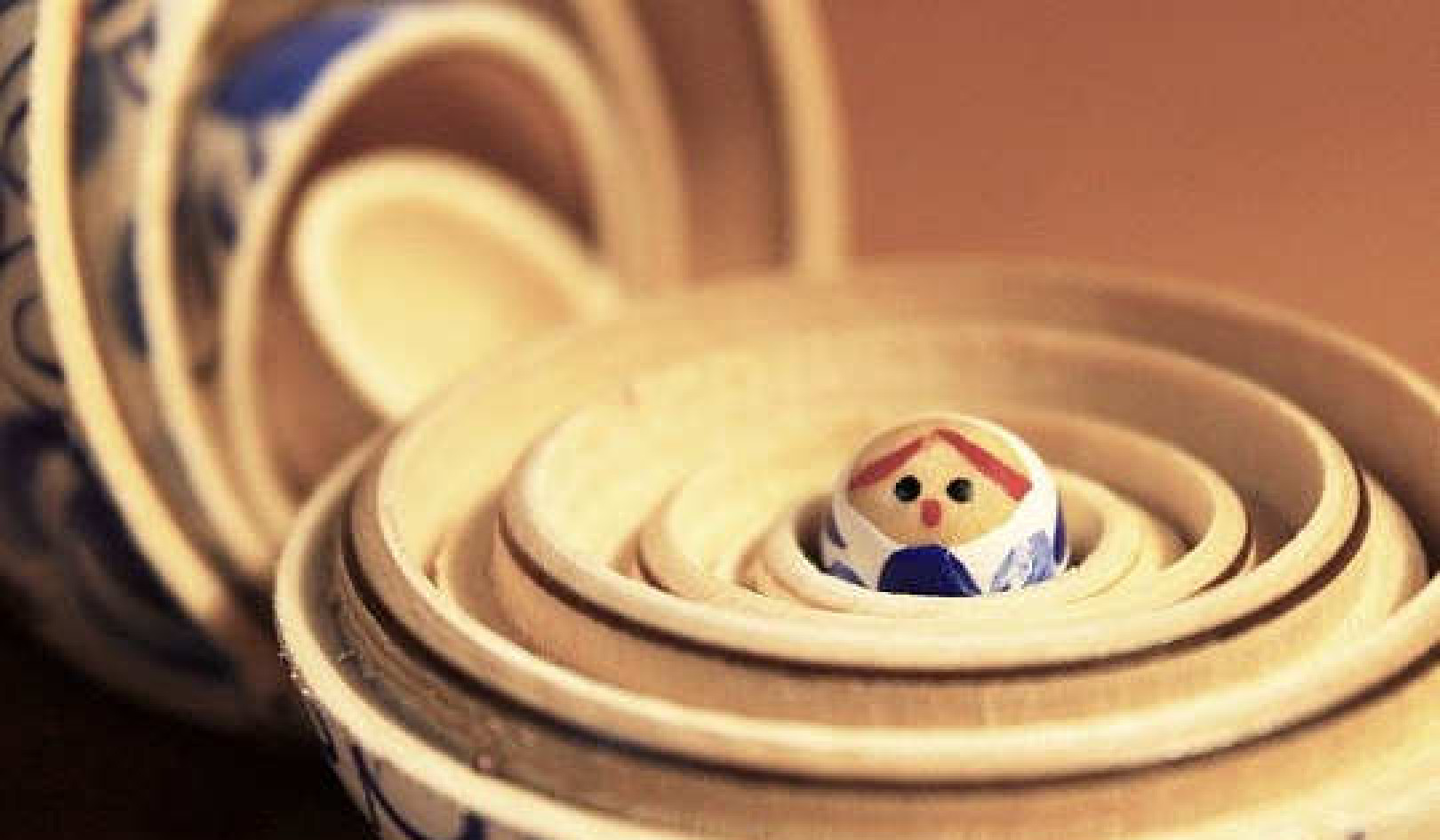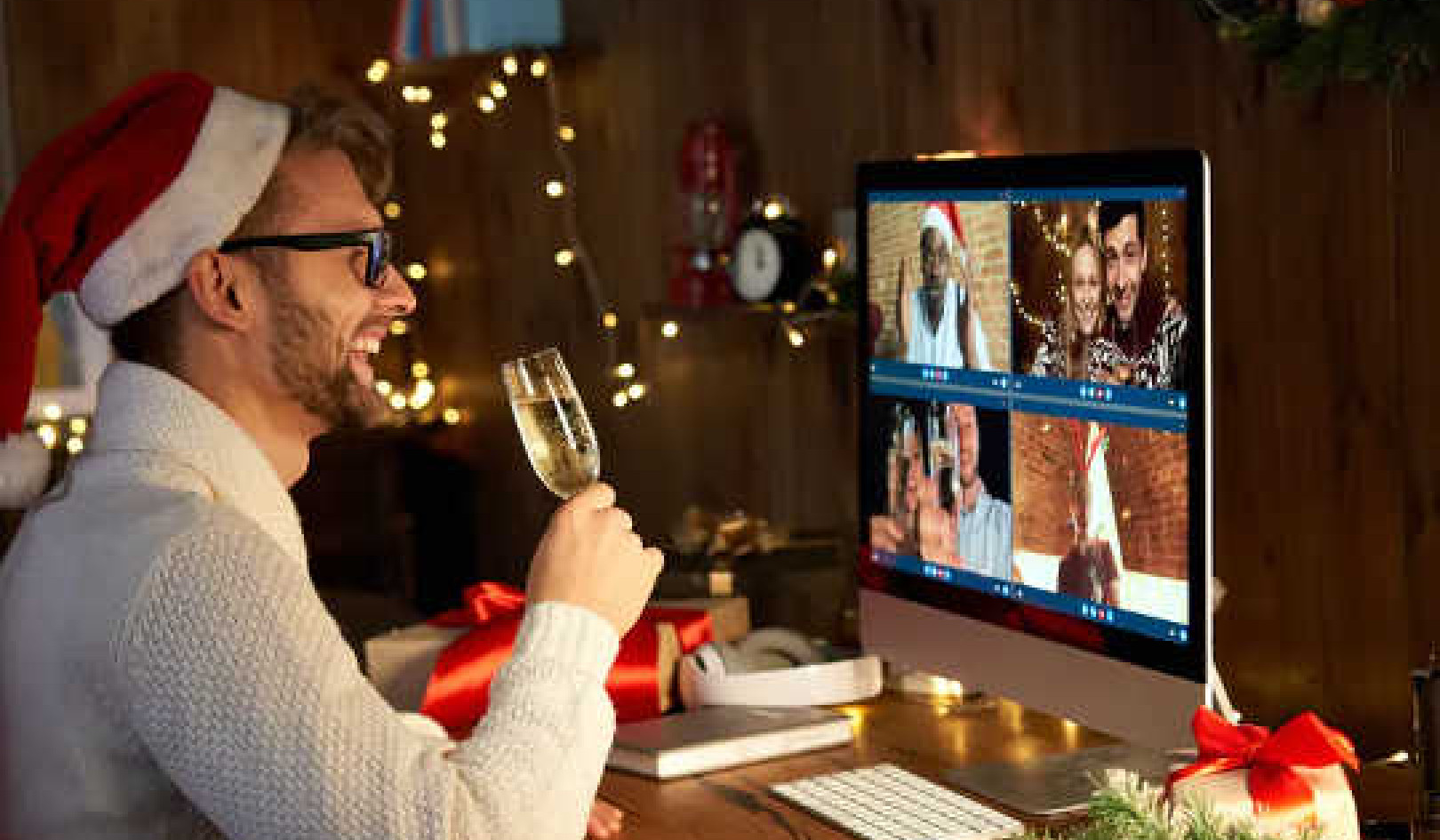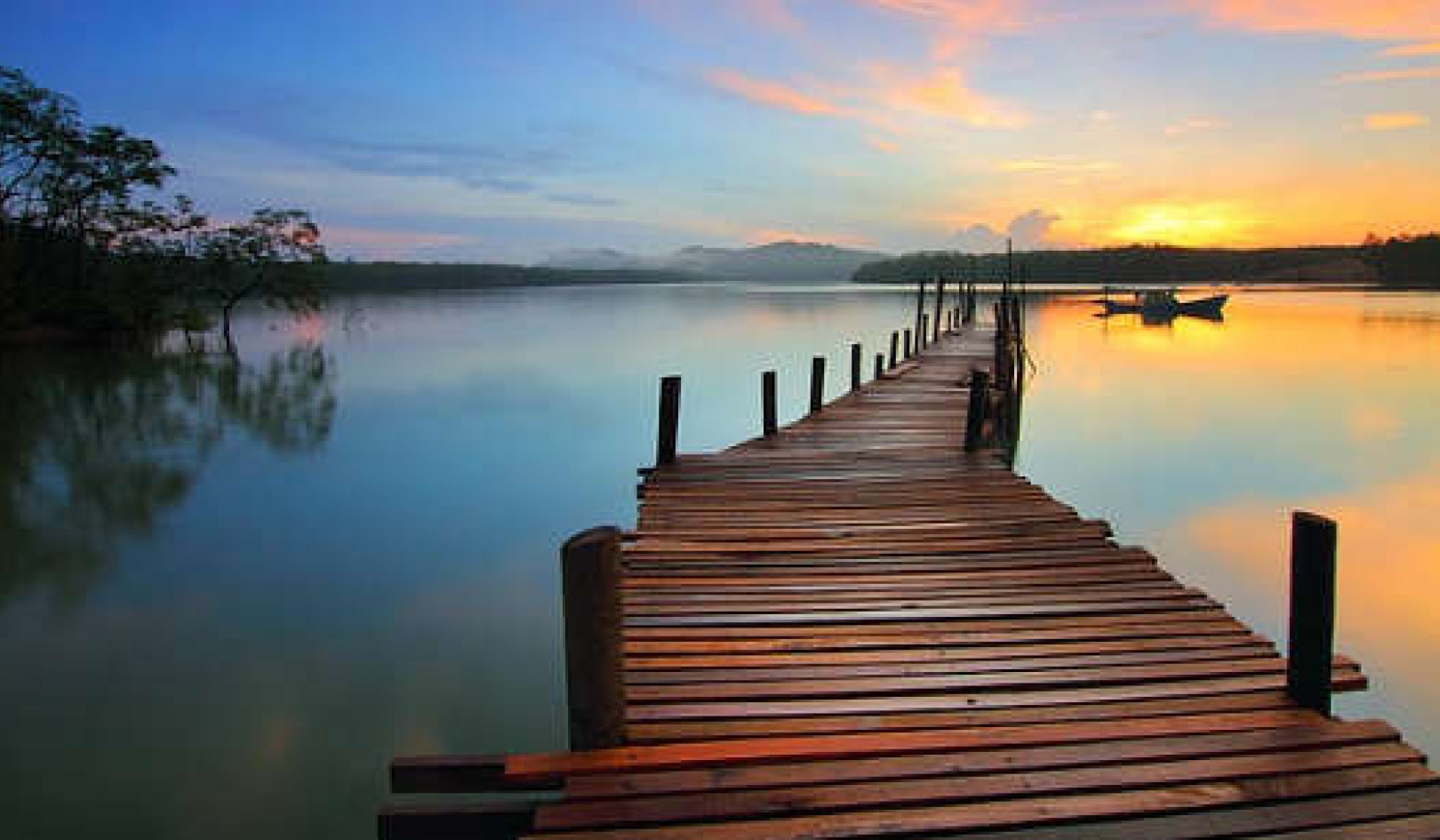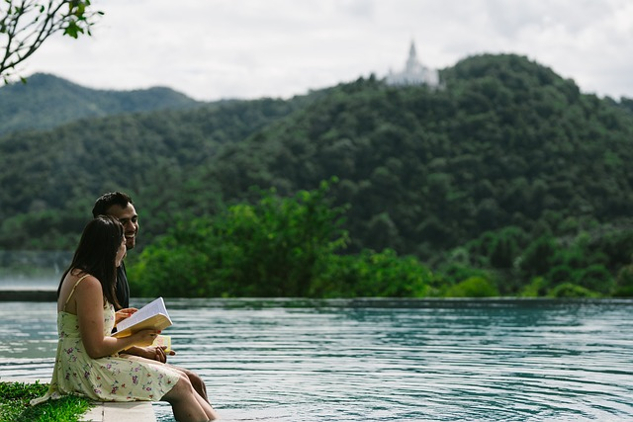
Image from Pixabay
The sunset after my rebirth ceremony was incredible. That night we sat by the campfire and watched for shooting stars, cowboy camping on the beach. The waves lapping on the rocks were the perfect white noise to ease me into one of the best nights of sleep I had gotten in over a decade, since the assault. I was safe, happy, free, loved.
The next morning, it really did feel like a victory lap, and as we passed mile marker thirty-three of the Trans-Catalina Trail, I paused and cried. That was the mile marker I had been most looking forward to on the trail—celebrating the farthest I had ever hiked, my thirty-third birthday, and a new commitment to myself from the trip moving forward.
I did it. I knew I could do it. And if I could do that, what else was possible?
For the last five miles, I skipped and cried as we made our way back into the town of Two Harbors. I wanted to sprint because I was so excited, and I wanted to stop and sit down because I didn’t want the experience to end. Barry and I stopped right before the last turn into town and hugged.
“Proud of you,” he said one last time, hands on my face. He pulled me in for a kiss.
“I’m proud of me too,” I whimpered through my tears.
While I knew I had learned a lot about myself on this trip, I also knew there was a lot of work ahead of me. This was a big step in my healing journey, and I knew it wasn’t the last.
Moving Along the Trail of Life
Looking back, I wouldn’t change anything that happened to me—not even that morning of the rape—because I can see now that every twist and turn on my Trail of Life has brought me to this place, right here, right now.
It is easy to fall into a victim mindset and wear your pain like a weighted blanket. For decades I had been stuck in survival mode, completely oblivious to how a single moment in time had influenced every decision I was making. It wasn’t until I went hiking and started unpacking my trauma pack that I started to feel empowered by the process instead of waiting until I had tangible results.
While this story ends on a high note, the work isn’t done. I thought the sexual assault was the last thing in my trauma pack, and while I knew I still had a lot of healing and unpacking to do, I genuinely thought that was the last thing I needed to heal.
On the trail and in life we experience peaks and valleys, but that doesn’t mean that climbing uphill will be tough forever or that going downhill in our low times is a bad thing. These are both parts of the journey; neither is inherently positive or negative, and I am confident that you too can transform your pain into power.
As much as I wish that the TCT fixed me and that life would be sunshine and rainbows for the rest of my days, that isn’t the case. Trauma still sneaks up on me, but now I have the tools to self-soothe and remind myself that while my body might be remembering the trauma, I am in fact safe.
From time to time, I think about how many lives I could have saved as a surgeon if I hadn’t been derailed from going to medical school. Perhaps I would have found a cure for cancer. Maybe I would have invented some revolutionary procedure or technique that could have changed the way we approach medicine. When those thoughts come up, I honor them as potent reminders of how far I’ve come.
I know I’m lucky that my pivot in my studies took me where it did, and that I’m able to share this story with you now. I’m lucky that what fell apart in the aftermath of the worst day of my life was largely academic, and that it wasn’t a gateway to more trauma.
Because trauma is a gateway drug.
Read that again.
Trauma is a Gateway Drug
Many people who experience trauma turn to drugs or alcohol to cope with their distressing emotions and memories, me included. Drinking gave me temporary relief from the painful thoughts and feelings associated with the assault, and later the grief of losing twenty-three friends in four years, the stress of my career, and more. However, the use of drugs or alcohol can quickly turn into a pattern of addiction, as the brain’s reward system becomes rewired to seek out the pleasurable effects of the substance.
If it weren’t for my diabetes diagnosis, I wouldn’t have had the opportunity to see my story from a new perspective. You don’t have to hit rock bottom to make different choices. You can choose healing whenever you’re ready.
When it comes to conversations about trauma, we can no longer be silent. At the very least, we must break the silence with ourselves and with the people who care about us.
This book, my work, and living my life out loud is how I’m breaking my silence. I know that when I share my story I am providing language that may help others articulate what happened to them.
Every time I hesitate to share, every time I’m on the brink of silencing myself, I stop and think about how everything and everyone good in my life is the result of me taking responsibility for my healing. I strive every day to be the human Little Sydney needed but hadn’t met yet.
Supportive Family... or Not
I grew up in a tight-knit Midwestern household. We told each other everything, but I didn’t feel safe telling them about the assault when it happened, so I swore myself to silence. After I got done with the second hike and had context for everything I had been through, I shared the discoveries I had made on-trail with my family.
While I wish this part of the story ended in a big family hug, a ton of understanding, and endless support, it doesn’t. Sharing my story uncovered another piece of trauma in my invisible backpack—generational trauma.
As soon as I shared my revelations with them, I felt a negative shift in our family dynamic. My father seemed to change within seconds. After I finished sharing my story with him for the first time in its entirety, he cut me off, going on to say that my story about being raped was bullshit and I better come up with a new one, because nobody was buying the story I was telling.
His reaction was confirmation of my choice to keep this story to myself, because if I had come home that day after the assault, told him, and received that reaction, I can guarantee I wouldn’t be alive or writing this book today. I wouldn’t have survived that.
I share this because sometimes the people you trust to have your back won’t be able to show up for you because they are incapable of showing up for themselves. For as much as my father had an explosive temper at times, I also grew up thinking he was my best friend. I’m fortunate that by the time I had shared this with him, I knew that his reaction was about him, not about me. Still, I got curious about his reaction and started to put the pieces together.
Generational Trauma
Through some stories my mother shared about our family history and a handful of aha moments from conversations with friends who had experienced similar family dynamics in the face of shocking news, it became abundantly clear to me—this was generational trauma.
Some of the trauma we carry is generational, and it gets passed down again and again through our silence. Our bodies retain it, store it, and know it. And it’s not until someone decides to disrupt the pattern and break the silence—even if only with themselves—that the cycle stops.
If trauma can be passed down generation to generation, so can healing.
What happened to me isn’t my fault, and what happened to you isn’t your fault.
I’m done living a life in the shadows of my pain. I didn’t come this far to only come this far; I have a lot of life I want to live, and if it doesn’t make sense to anyone else, that’s fine. I’m here to hike my own hike and share stories along the way.
It is my hope that doing so breaks the cycle for me in this life, and I hold the vision of the day that my family comes to see how doing so has led me to the happiest and healthiest life I’ve ever known. Because if all of this is true for me, it’s true for you as well.
Welcome to the Next Chapter of Your Life
If you’re reading this and you’ve survived some hard things, hi. Welcome to the next chapter of your life. If you’ve found some of your story within these pages, know that it’s because we’re all way more alike than we are different. I’m sorry if my words have caused you pain, but the fact that you’re able to feel is one of the most beautiful parts of the human experience. There is no shame in crying, screaming, and curling up in the fetal position. I won’t take it personally if my story stirs up feelings in you that are terrifying and make you want to burn this book.
I will say this: I see you. I hear you. I believe you. I love you. You can do this. Together we can do this. And know this much—I’ve got your back.
If there’s any chance you’re like me, I need you to hear this loud and clear. If you’ve been reading this, nodding a lot, and you feel like my story is your story, that’s because it is. We are all one. We are all part of a collective consciousness.
Unity is power, and our lived experiences are ours and are unique to us, but the major through lines of our stories are shared. Whether you believe in the universe, God, unicorns, the flying spaghetti monster, or anything in between, at the end of the day we are all mirrors for each other.
If you’re inspired and want to find this kind of healing, to know yourself this well, all you have to do now is recognize that you are worthy of embodying these qualities. You see these qualities in the people you look up to because you already hold them within yourself.
At the end of the day we’re all just walking each other home. If it’s possible for me to take the worst day of my life and turn it into something that makes the world a better place, what else is possible? For me, for you, for all of us?
Copyright 2024. All Rights Reserved.
Article Source:
BOOK: Hiking Your Feelings
Hiking Your Feelings: Blazing a Trail to Self-Love
by Sydney Williams.
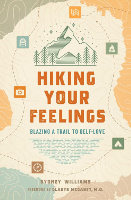 Join wellness advocate and wilderness guide Sydney Williams as she shares her healing journey from eating and drinking her feelings to hiking her feelings. When Sydney unexpectedly found herself diagnosed with type 2 diabetes, while grappling with grief and unresolved trauma built up over a decade, she set out on a quest to turn her pain into power.
Join wellness advocate and wilderness guide Sydney Williams as she shares her healing journey from eating and drinking her feelings to hiking her feelings. When Sydney unexpectedly found herself diagnosed with type 2 diabetes, while grappling with grief and unresolved trauma built up over a decade, she set out on a quest to turn her pain into power.
Two hikes across Catalina Island and eighty miles later, she learned to disconnect from distractions and reconnect with herself, all through the power of nature. Now, she’s encouraging others to get outside and blaze their own trail to self-love, turning buried traumas into healthy coping mechanisms. With affirmations, prompts, and reflection exercises throughout—all presented from Sydney’s supportive and self-effacing perspective—Hiking Your Feelings offers a toolkit to unpack your “trauma pack” and step into the best version of yourself.
For more info and/or to order this book, click here. Also available as a Kindle edition.
About the Author
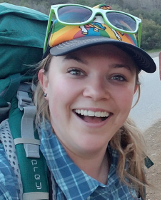 Sydney Williams is the founder of Hiking My Feelings®, a nonprofit dedicated to the healing power of nature.
Sydney Williams is the founder of Hiking My Feelings®, a nonprofit dedicated to the healing power of nature.
Sydney has 15+ years of marketing experience and is a former competitive skydiver. She has been featured in HuffPost, Psychology Today, U.S. News & World Report, and on the SXSW stage.
For more information go to: HikingMyFeelings.org





















